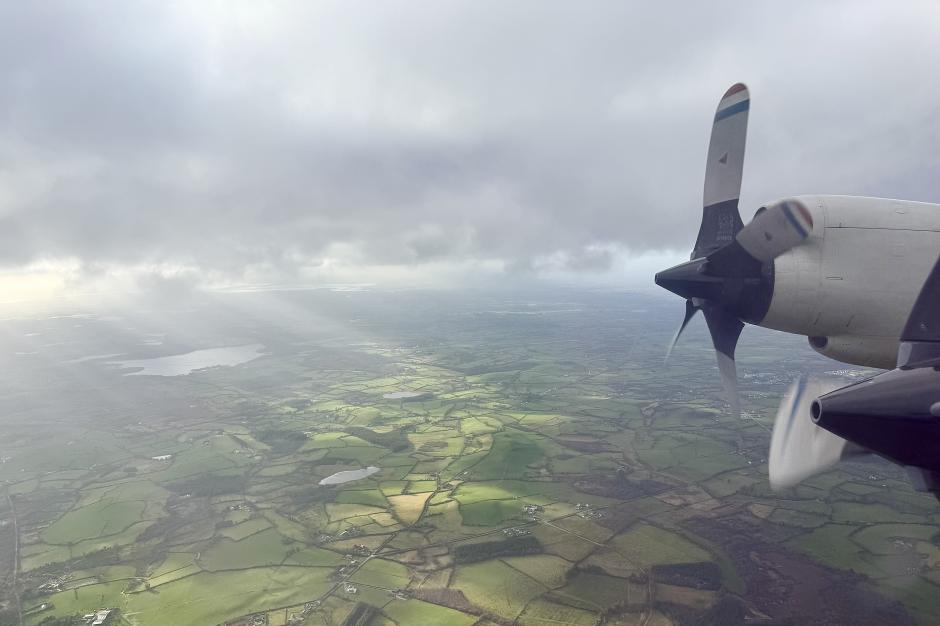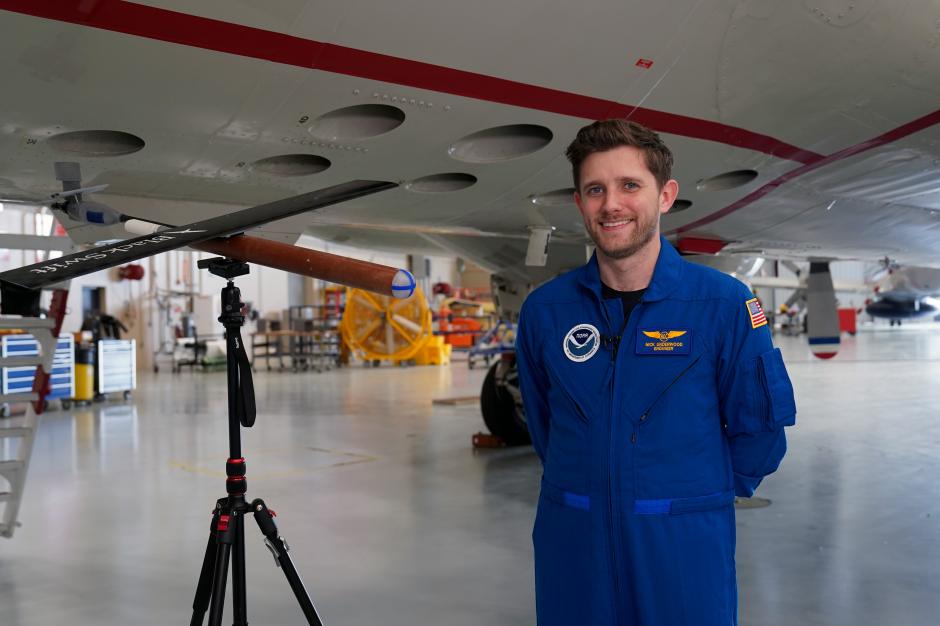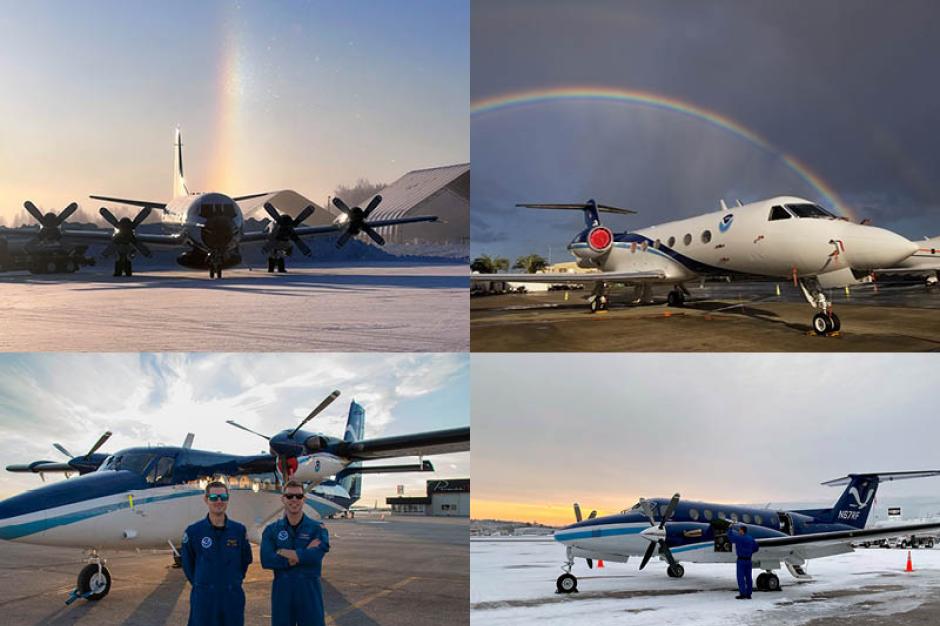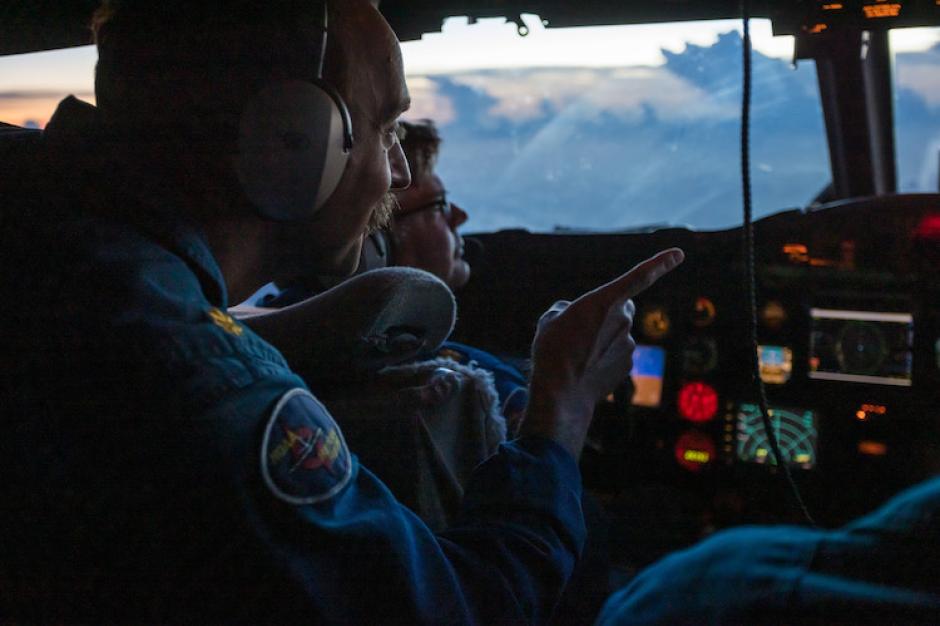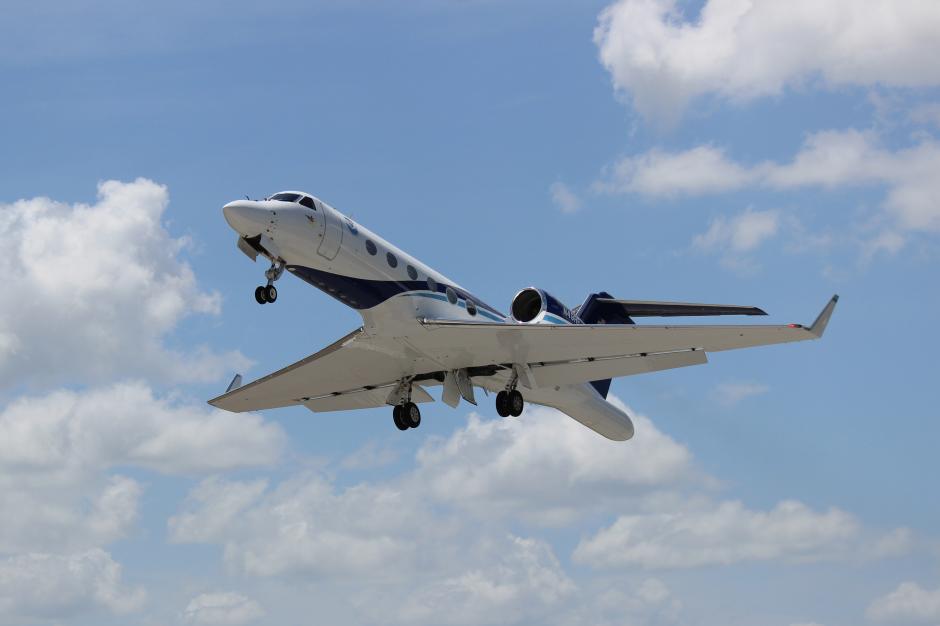NOAA deploys aircraft to support weather satellite data validation mission
NOAA deployed one of its two Lockheed WP-3D Orion "hurricane hunter" aircraft (N42RF) to Shannon, Ireland, on Jan. 16 to measure ocean-surface winds in winter storms over the North Atlantic.
